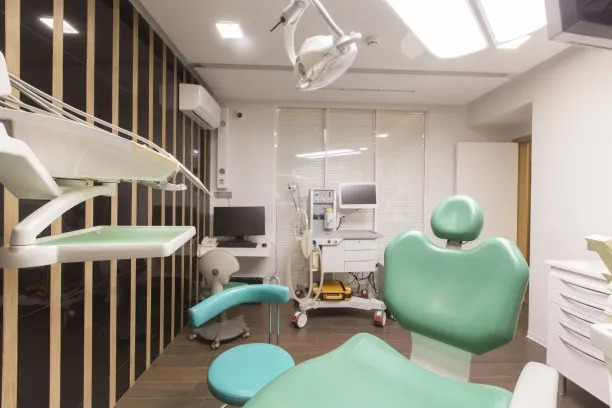The Essential Guide to Extracting a Tooth and Ensuring a Smooth Recovery for Patients
Summary: Tooth extraction is a common dental procedure that many patients may face due to various reasons such as decay or overcrowding. This guide outlines essential steps for both the extraction process and ensuring a smooth recovery. It discusses the reasons for tooth extraction, preparation and procedure details, post-operative care, and potential complications. Each aspect aims to equip patients with necessary knowledge, alleviate anxiety, and promote effective healing. Understanding these elements can help streamline the experience, making it less daunting and more manageable for patients.
1. Understanding the Reasons for Tooth Extraction

Tooth extraction might be necessary for several reasons, with decay being one of the most common. When a tooth is extensively damaged and cannot be restored through fillings or crowns, extraction might be the only viable option. This preventative measure can stop the spread of infection and provide relief from pain.
Another significant reason for tooth extraction is overcrowding. In orthodontic treatment, certain teeth may need to be removed to create adequate space for alignment. This procedure helps improve bite and overall dental aesthetics, contributing to better long-term oral health.
Finally, impacted teeth, particularly wisdom teeth, often necessitate removal. Wisdom teeth can cause various problems, including pain, infection, and misalignment of adjacent teeth. Extracting them can prevent complications and ensure a healthier dental foundation.
2. Preparing for the Tooth Extraction Procedure
Preparation for a tooth extraction begins with a thorough consultation with a dental professional. The dentist will assess the tooth condition through X-rays and physical examination, determining the best extraction approach. This detailed evaluation helps in developing a personalized treatment plan that considers the patient’s specific needs.
Patients must also inform their dentist about any medications they are taking and their medical history. This is crucial as certain conditions or medications may increase the risks associated with the procedure. Being transparent ensures that the patient receives optimal care and minimizes potential complications.
Additionally, patients are typically advised to refrain from eating or drinking before the procedure, especially if anesthesia is required. This fasting period helps ensure safety and provides better conditions for the dentist to perform the extraction seamlessly.
3. Post-Operative Care for Smooth Recovery
After a tooth extraction, proper post-operative care is vital for ensuring a smooth recovery. Patients are often instructed to bite down on a gauze pad for a few hours to control bleeding. Following this, applying an ice pack on the cheeks can help soothe swelling and discomfort.
Managing pain effectively is also crucial. Dentists usually recommend over-the-counter pain relievers or prescribe medication to alleviate post-extraction discomfort. Taking these medications as directed can make the recovery process more comfortable.
Furthermore, maintaining a soft diet during the initial days following the extraction is advisable. Foods like yogurt, smoothies, and soups can provide essential nutrients without causing irritation to the extraction site. Staying hydrated and avoiding hot or spicy foods can prevent complications and foster quicker healing.
4. Recognizing Potential Complications
While most tooth extractions are straightforward and heal without complications, some risks may arise. Dry socket is one of the most common issues, occurring when the blood clot at the extraction site dislodges or dissolves. This condition can lead to significant pain and requires immediate dental attention.
Infection is another potential complication, highlighting the importance of maintaining oral hygiene post-extraction. Patients should follow their dentists instructions regarding rinsing and cleaning techniques to minimize the risk of bacteria buildup and subsequent infection.
Additionally, some patients may experience prolonged swelling or bleeding. If these symptoms persist beyond the expected timeframe, it’s crucial to consult a dental professional. Early intervention can prevent further complications and ensure a prompt recovery.
Summary:
In conclusion, understanding the entirety of the tooth extraction process encompasses recognizing the reasons for the procedure, proper preparation, diligent post-operative care, and awareness of potential complications. These elements can empower patients and transform their experiences, turning a daunting process into a manageable and efficient one.
This article is compiled by Vickong Dental and the content is for reference only



